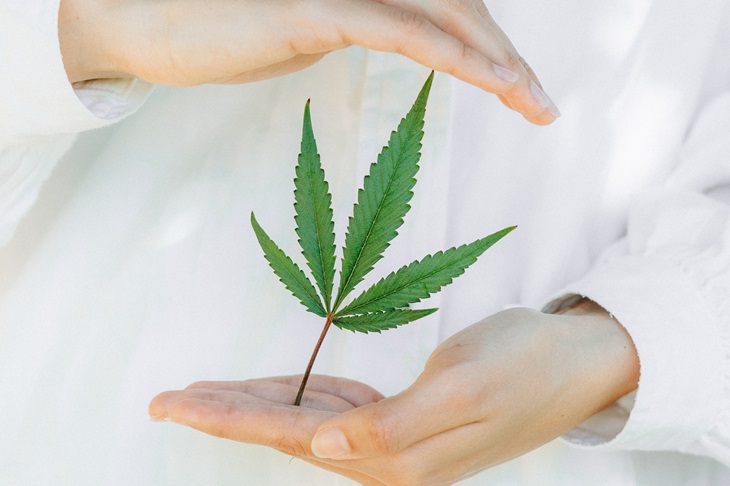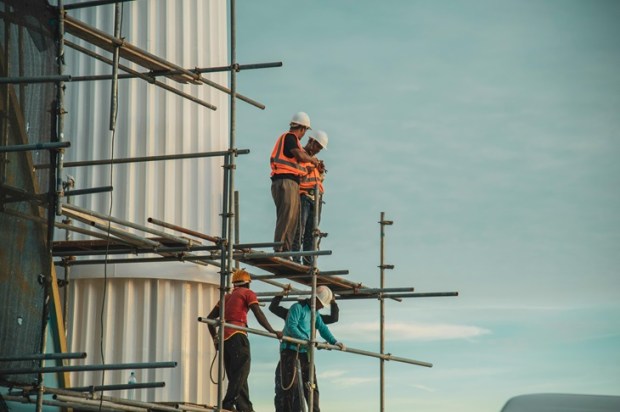One of the more insidious aspects of government involvement in commercial markets is the practice of supplier licensing.
As entrepreneurs and business people are forced into a bureaucratic world, they have to deal with politics and power plays, rather than focus on what their customers need.
Licensing forces our risk-takers and go-getters into a weird dependency on bureaucrats, many of whom display qualities that are the exact opposite of the entrepreneurs.
Already a subscriber? Log in
Subscribe for just $2 a week
Try a month of The Spectator Australia absolutely free and without commitment. Not only that but – if you choose to continue – you’ll pay just $2 a week for your first year.
- Unlimited access to spectator.com.au and app
- The weekly edition on the Spectator Australia app
- Spectator podcasts and newsletters
- Full access to spectator.co.uk
Or


























Comments
Don't miss out
Join the conversation with other Spectator Australia readers. Subscribe to leave a comment.
SUBSCRIBEAlready a subscriber? Log in